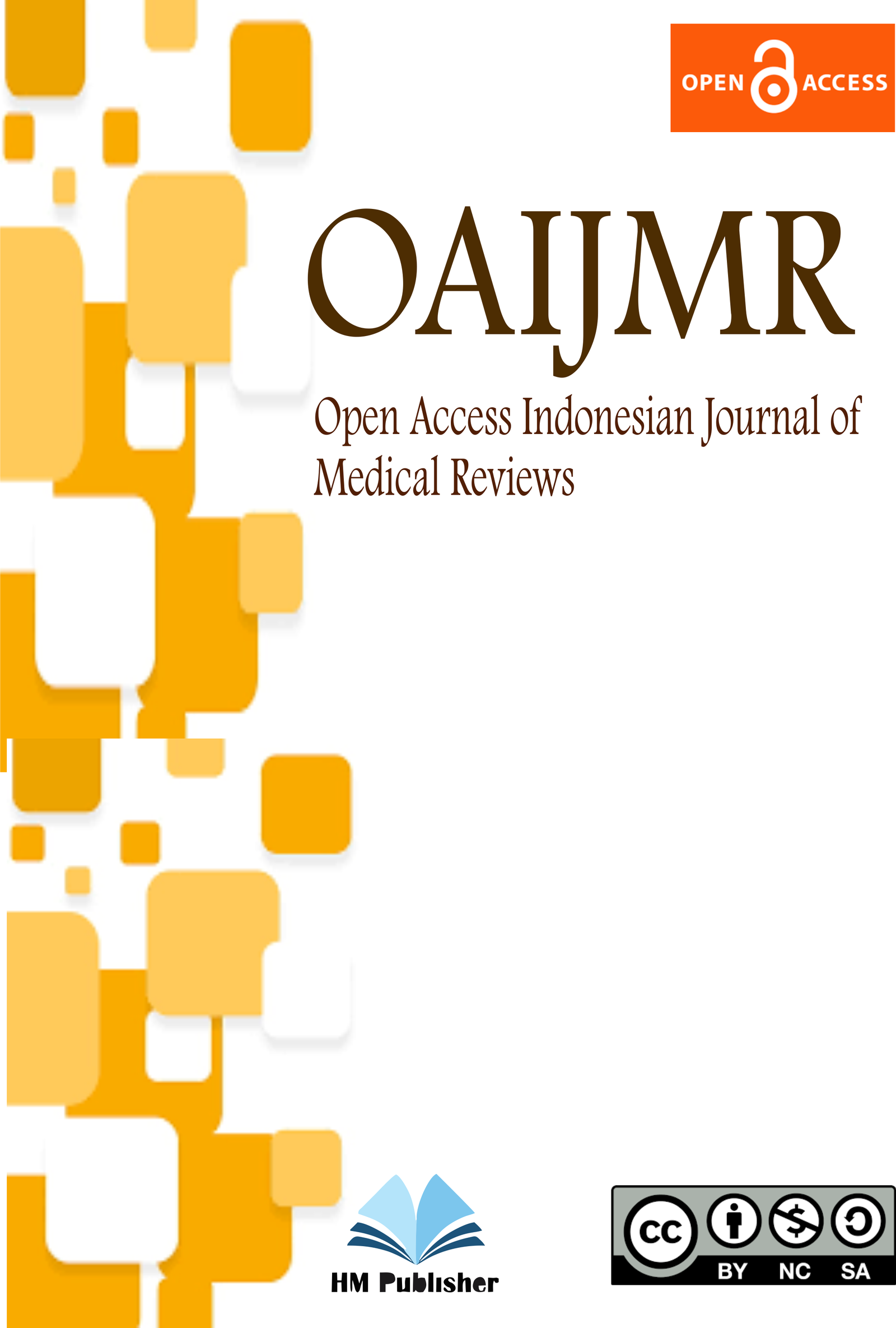Main Article Content
Abstract
Stargardt disease (STGD1), the most prevalent inherited macular dystrophy in juveniles and young adults, typically results from biallelic mutations in the ABCA4 gene. It leads to progressive central vision loss due to lipofuscin accumulation in the retinal pigment epithelium (RPE) and subsequent photoreceptor degeneration. While onset often occurs in the first two decades, presentation can vary. Managing STGD1 involves optimizing remaining vision through low vision rehabilitation and addressing the psychosocial impact, particularly crucial during significant life events like pregnancy. We report the case of a 23-year-old Indonesian female, primigravida at 35 weeks of gestation, referred from obstetrics for evaluation of a longstanding visual impairment before delivery planning. She reported progressive bilateral blurred vision since age 7, significantly worsening over the past three years, accompanied by photophobia and difficulty reading, requiring close proximity to text. Her younger sibling also had similar visual complaints. Best-corrected visual acuity was 1/60 OD and 2/60 OS, unamenable to refractive correction. Fundus examination revealed bilateral macular atrophy with a "beaten bronze" appearance, surrounding pisciform yellowish flecks extending towards the mid-periphery, and peripheral retinal dystrophy. Optical Coherence Tomography (OCT) confirmed foveal atrophy and RPE disruption. Fundus autofluorescence (FAF) showed hypoautofluorescence corresponding to atrophy, surrounded by areas of hyperautofluorescence (flecks). Amsler grid testing indicated bilateral central scotomas. Contrast sensitivity was severely reduced (1.25% Pelli-Robson bilaterally), and Ishihara testing revealed dyschromatopsia. Based on the clinical findings, family history, and characteristic imaging features, a diagnosis of Low Vision secondary to suspected Stargardt Disease was made. Obstetric examination was normal, and no contraindications for vaginal delivery were identified from an ophthalmic perspective. Low vision management included counseling, prescription of photochromic lenses, and demonstration of non-optical aids (typoscope, large print materials, handheld/stand magnifiers, glare control measures like hats/sunglasses, and a white cane for mobility). In conclusion, this case highlights the presentation of suspected Stargardt disease in a young primigravida woman, emphasizing the importance of thorough ophthalmic evaluation and multimodal imaging for diagnosis, even when symptoms have been present since childhood. Pregnancy provided the context for a formal diagnosis and initiation of low vision rehabilitation. Management focused on maximizing functional vision using appropriate aids, patient education regarding the condition's nature and inheritance, and addressing safety during mobility. Multidisciplinary care involving ophthalmology, obstetrics, and low vision services is crucial for optimal patient outcomes.
Keywords
Article Details
Open Access Indonesian Journal of Medical Reviews (OAIJMR) allow the author(s) to hold the copyright without restrictions and allow the author(s) to retain publishing rights without restrictions, also the owner of the commercial rights to the article is the author.





